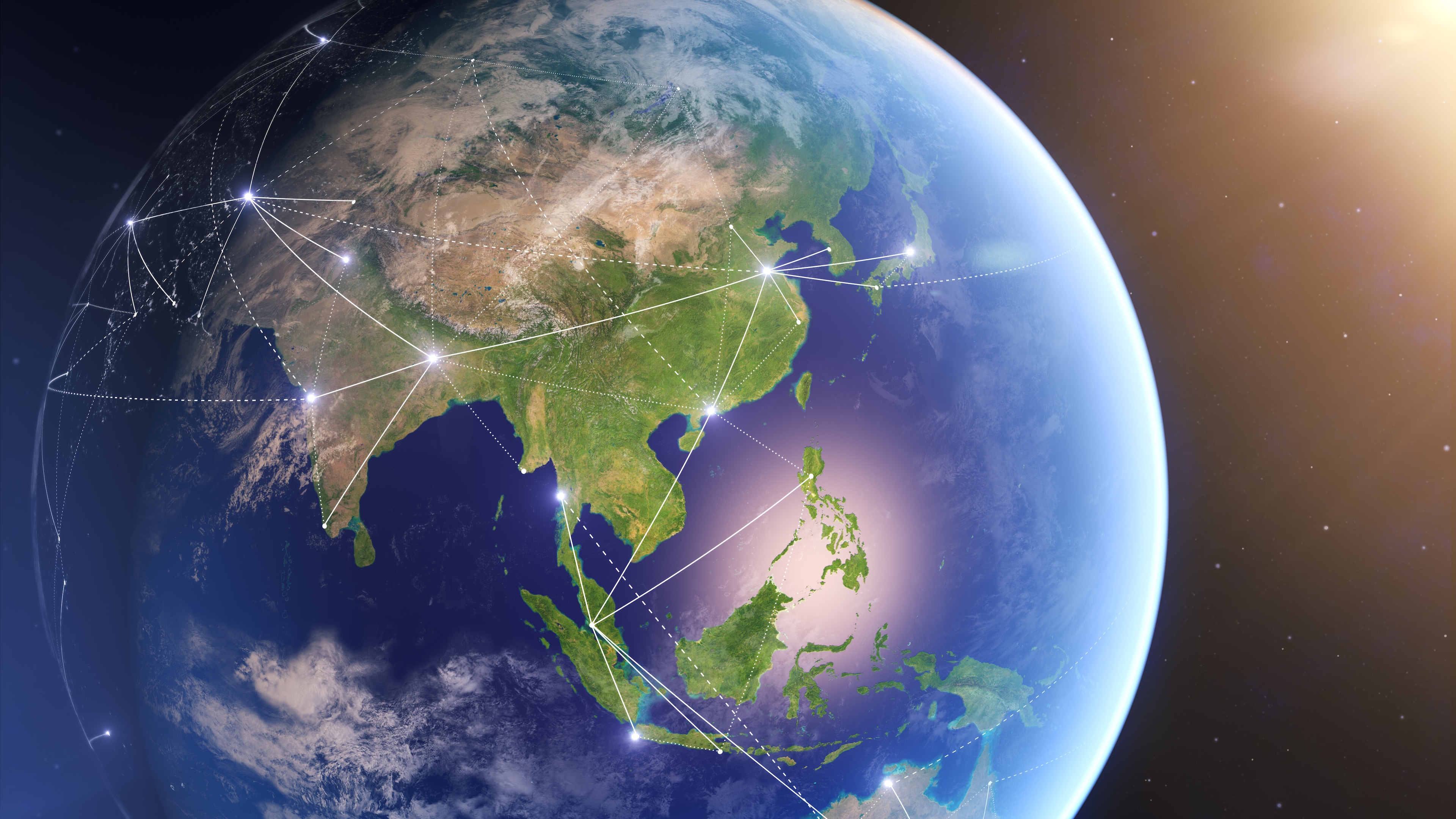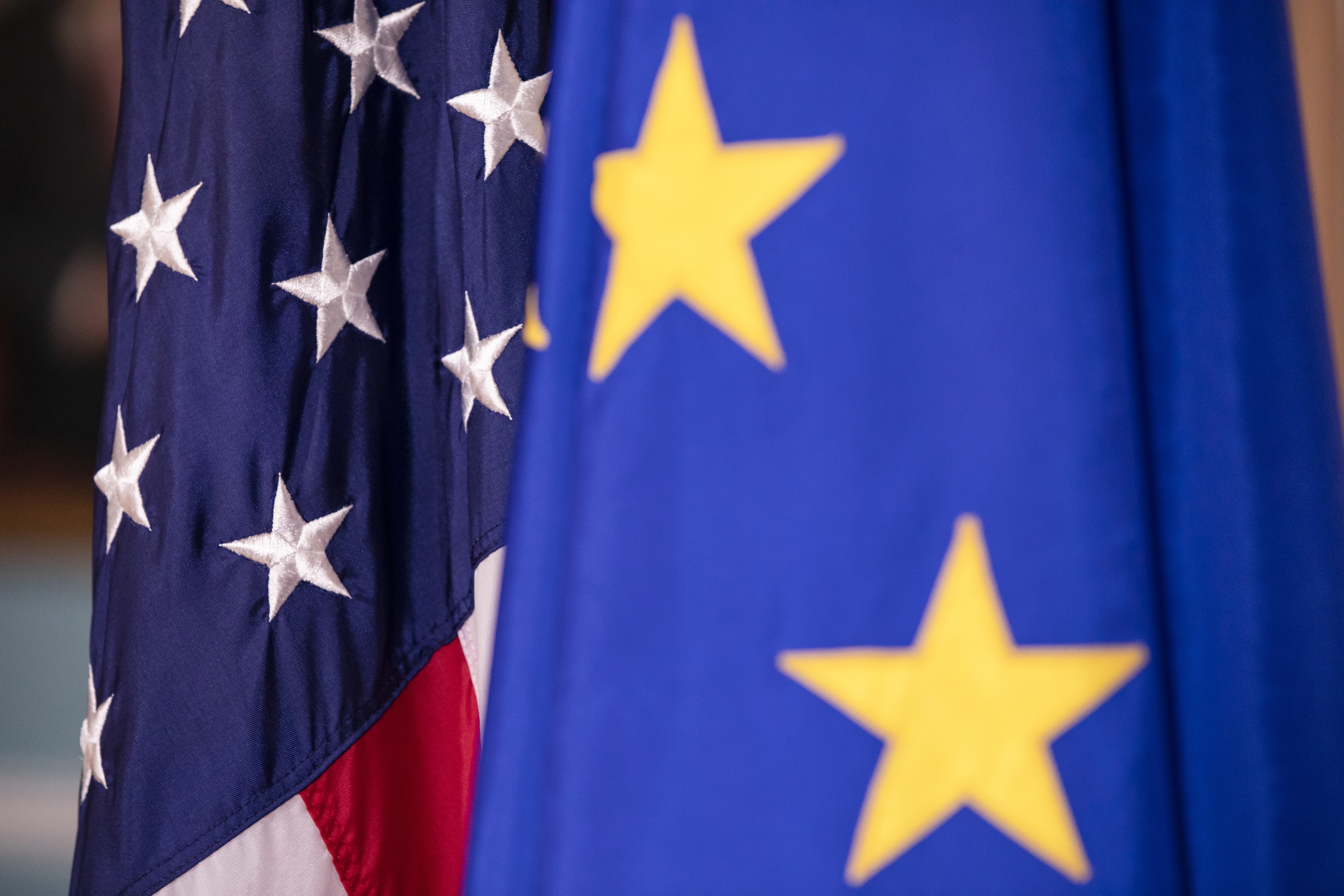Why it could take 1,000 years for men and women to be equal in South Asia

Progress on the region's economic gender gap has been negligible
Image: REUTERS/David Gray
Vesselina Stefanova Ratcheva
Head of Metrics, Communication Strategy and Coordination, World Economic ForumStay up to date:
Economic Progress
At its current rate of progress, it will take South Asia an entire millennium to reach gender equality in the workplace. That’s according to the latest World Economic Forum Global Gender Gap Report.
Recent years have seen a dramatic slowdown in progress towards workplace gender equality worldwide. At the current rate of progress, economic parity between the sexes could take another 170 years to reach. In 2015, that figure was 118 years.
There are dramatic differences between the regions, with the current length of time it will take to close the economic gender gap ranging from 47 to more than 1,000 years.
Regional gaps
In South Asia, progress on closing the economic gap has been negligible.
The region has the second-lowest score on this year’s Global Gender Gap Index, with 67% of its overall gender gap closed.
The Middle East and North Africa won’t see the economic gender gap close for another 356 years at current levels of progress. Overall, it is the lowest placed region, having closed 60% of its overall gender gap.

East Asia and the Pacific will take 111 years to reach economic gender parity, and has so far closed 68% of its overall gender gap.
The gap in Eastern Europe and Central Asia is predicted to close in 93 years. This region has the fourth-smallest gender gap of 70%.
Sub-Saharan Africa will take 60 years to reach economic gender parity, but has closed nearly 68% of its gender gap.
Latin America and the Caribbean, facing an approximate 60-year wait for economic gender parity, have closed nearly 70% of their gender gap.
Western Europe is expected to be the first to close its gender gap, by 2063, or in 47 years’ time. It has now closed 75% of its gender gap, more than any other region.

Country performance
On a national level, 11 countries have closed their economic gender gap by more than 80%. Four are from sub-Saharan Africa (Burundi, Botswana, Rwanda and Ghana) and three Nordic countries (Norway, Iceland and Sweden).
However, 19 countries – 15 of which are from the Middle East and North Africa region – have closed less than 50% of the gap. Pakistan and Syria hold the last two spots.
Why does economic gender equality matter?
The economic gender gap measures things such as how many women are in the workforce and how much women earn compared with men.
For instance, women around the world earn, on average, just over half of what men earn – despite working longer hours, on average, when taking paid and unpaid work into account.
In addition, only 54% of women are present in the global workforce, compared with 81% for men. That’s despite the fact that, in 95 countries, women attend university in equal or higher numbers than men.
The number of women in senior positions also remains stubbornly low, with only four countries in the world having equal numbers of male and female legislators, senior officials and managers.
Women on average are benefiting from only two-thirds of the access to health, education, economic participation and political representation that men have.
“Women and men must be equal partners in managing the challenges our world faces – and in reaping the opportunities. Both voices are critical in ensuring the Fourth Industrial Revolution delivers its promise for society,” said Klaus Schwab, Founder and Executive Chairman of the World Economic Forum.
Overall gender equality – who does best?
The top four performing nations are all in the Nordic region: Iceland (1), Finland (2), Norway (3) and Sweden (4). Rwanda beats Ireland into 5th place, while the Philippines, Slovenia, New Zealand and Nicaragua make up the rest of the top 10.

Earlier this year, the Economist named Iceland, Norway, Sweden and Finland as the world’s best places for working women in its “glass-ceiling index”, and the Guardian recently ran a piece explaining why Iceland is the best place in the world to be a woman.
This year’s Gender Gap Report finds that progress towards global parity in the key economic pillar has slowed dramatically. The gap – which stands at 59% – is now larger than at any point since 2008.
However: “These forecasts are not foregone conclusions. Instead, they reflect the current state of progress and serve as a call to action to policy-makers and other stakeholders to double down on efforts to accelerate gender equality,” said Saadia Zahidi, Head of Education, Gender and Work, and Member of the Executive Committee at the World Economic Forum.
The World Economic Forum began measuring the gender gap in 2006. The report is an annual benchmarking exercise that measures progress towards parity between men and women in four areas: Educational Attainment, Health and Survival, Economic Opportunity and Political Empowerment.
Don't miss any update on this topic
Create a free account and access your personalized content collection with our latest publications and analyses.
License and Republishing
World Economic Forum articles may be republished in accordance with the Creative Commons Attribution-NonCommercial-NoDerivatives 4.0 International Public License, and in accordance with our Terms of Use.
The views expressed in this article are those of the author alone and not the World Economic Forum.
Forum Stories newsletter
Bringing you weekly curated insights and analysis on the global issues that matter.
More on Economic GrowthSee all
Atul Kumar
August 12, 2025
Elizabeth Henderson and Daniel Murphy
August 8, 2025
Li Dongsheng
July 31, 2025
Charlotte Edmond
July 30, 2025
Naoko Tochibayashi
July 30, 2025
Matt Watters
July 29, 2025






